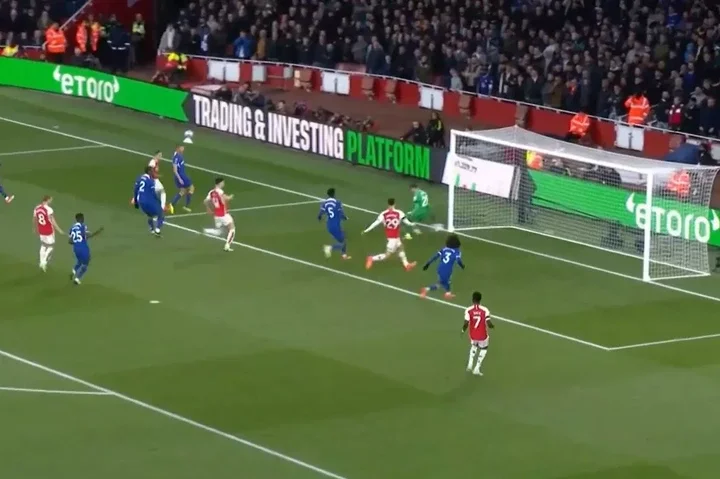Style Guides for Poker Players and Other Gamblers
Like in every other game of fun, there are different playing strategies. Chances of opponents facing each other having identical tactics are minimal, but it does not necessarily mean that they cannot be winners in the end. In gambling, and in particularly in poker, there are playing styles that have a higher chance of producing winners, and have done that more consistently than others. To make it simpler even for beginners, we break down the playing styles into four, highlighting the advantages and disadvantages of each, and the do's and don'ts of playing poker at the casino.
#1. TIGHT AGGRESSIVE (TAG)
TAG is the most common playing style among poker players, obviously due to its higher winning capabilities. A tight aggressive typically plays few hands, and bets or raises are done by a player frequently, but they can rarely make calls.
Pros
Limits losses and makes the game simpler by restricting on the good starting hands.
TAG can win by making the opponent fold, or by holding the better hand.
Cons
It is a tight playing style, and the hand ranges of the TAG are highly predictable.
There's a high risk of losing the entire stack when holding a not-very-strong hand, for example the top pair, top kicker.
#2. LOOSE AGGRESSSIVE (LAG)
A LAG will play many hands, and it is a player who makes frequent bets and raises, but rarely calls these bets. It is often utilized by several poker pros, but it does have its risks, making it a less appealing style for newbies.
Pros
It is difficult to read a LAG player due to the availability of many different starting hands.
Opponents can easily fold due to the wrong impression they get from the LAG to make him appear to be bluffing.
Cons
A loose-aggressive player must know when he is beaten in good time to avoid losing a lot of money from this strategy. He'll do that by folding hands.
#3. THE CALLING STATION (LOOSE PASSIVE)
The loose-passive style of play plays so many starting hands, but it rarely bets or raises. It is ideal for beginners as it is not overly complicated.
Pros
When many aggressive players find themselves at the same table, they are in charge of the betting.
It is against a host of tight and passive players, and it can be hugely profitable if the effective stacks are large, say over 100 or 200 big blinds.
Cons
The player does not get maximum profits from his strong hands and offers no protection against draws.
This player type plays too many weak hands, therefore, he faces the risk of holding the second best hand throughout the game.
#4. THE ROCK (TIGHT PASSIVE)
A tight-passive only plays very few hands, and is characterized by a player making rare bets, and making raises even more rarely. Such actions mean that he is holding a very strong hand.
Pros
It limits the good starting hands, reducing losses significantly.
In a table of many aggressive players, their action of betting or bluffing throws the opponent the wrong way, and would make attentive players fold.
Cons
A Rock does not obtain maximum profits from good hands, and he often gives opponents the chance to get him out on dangerous boards.


















Comments